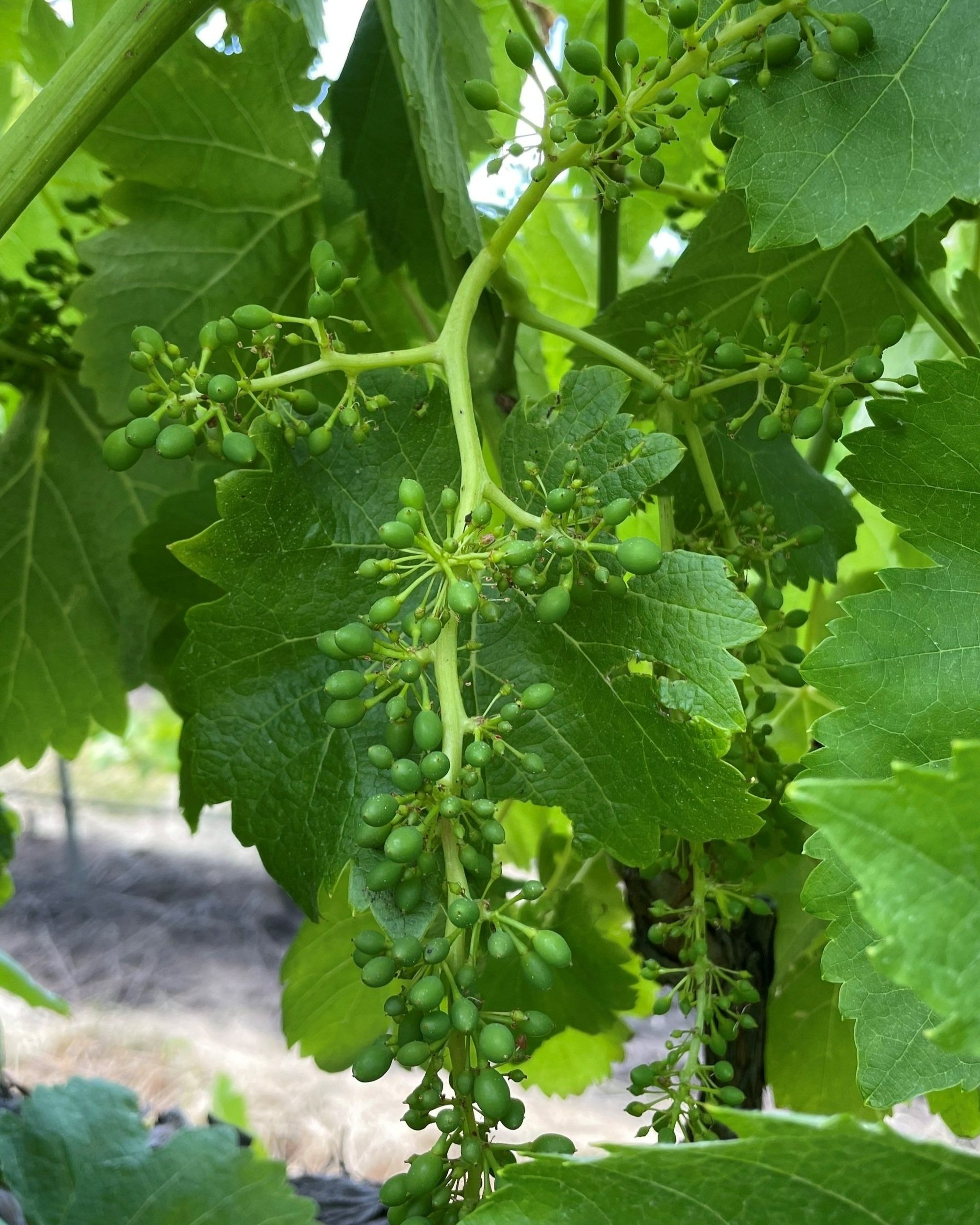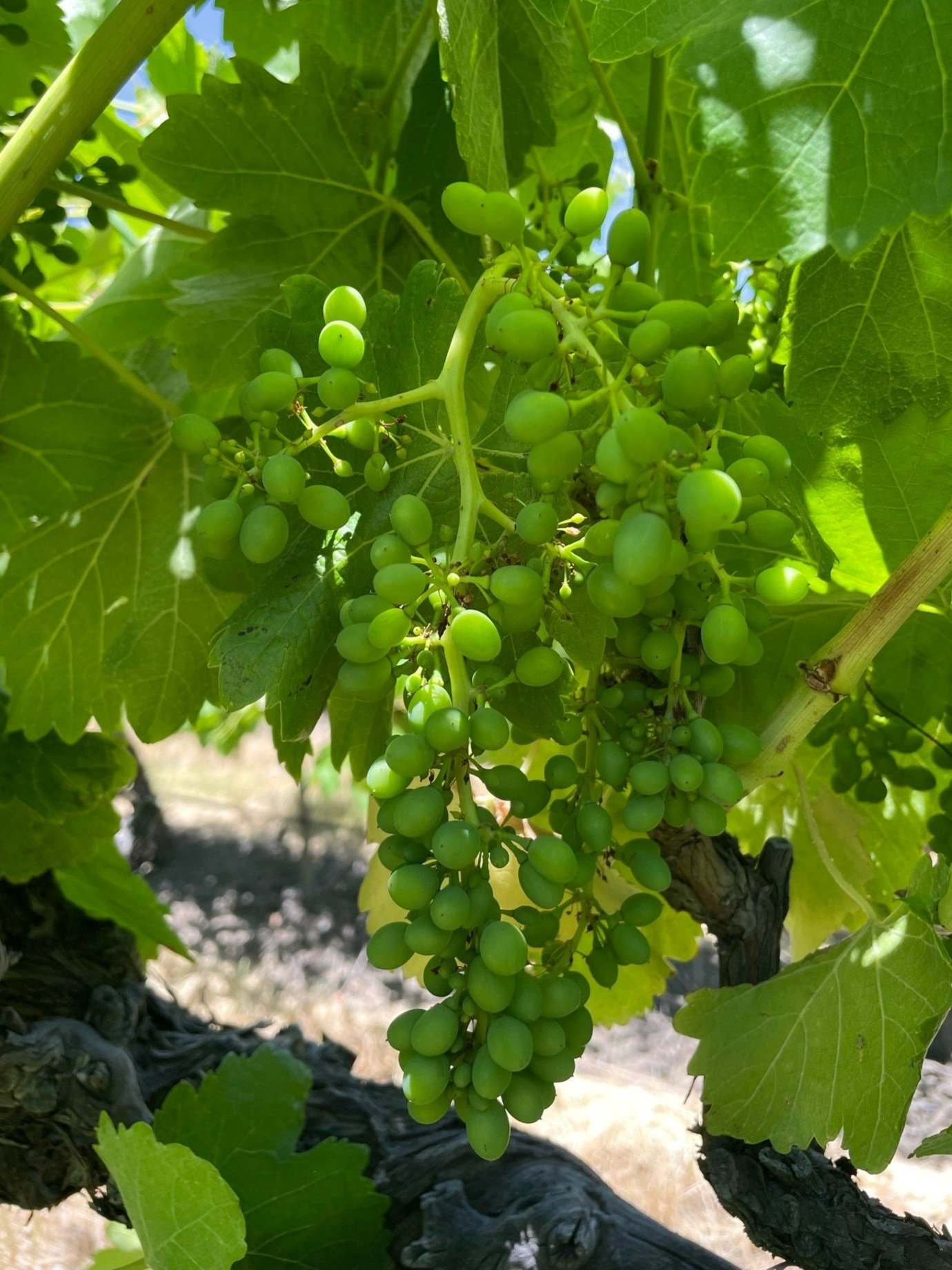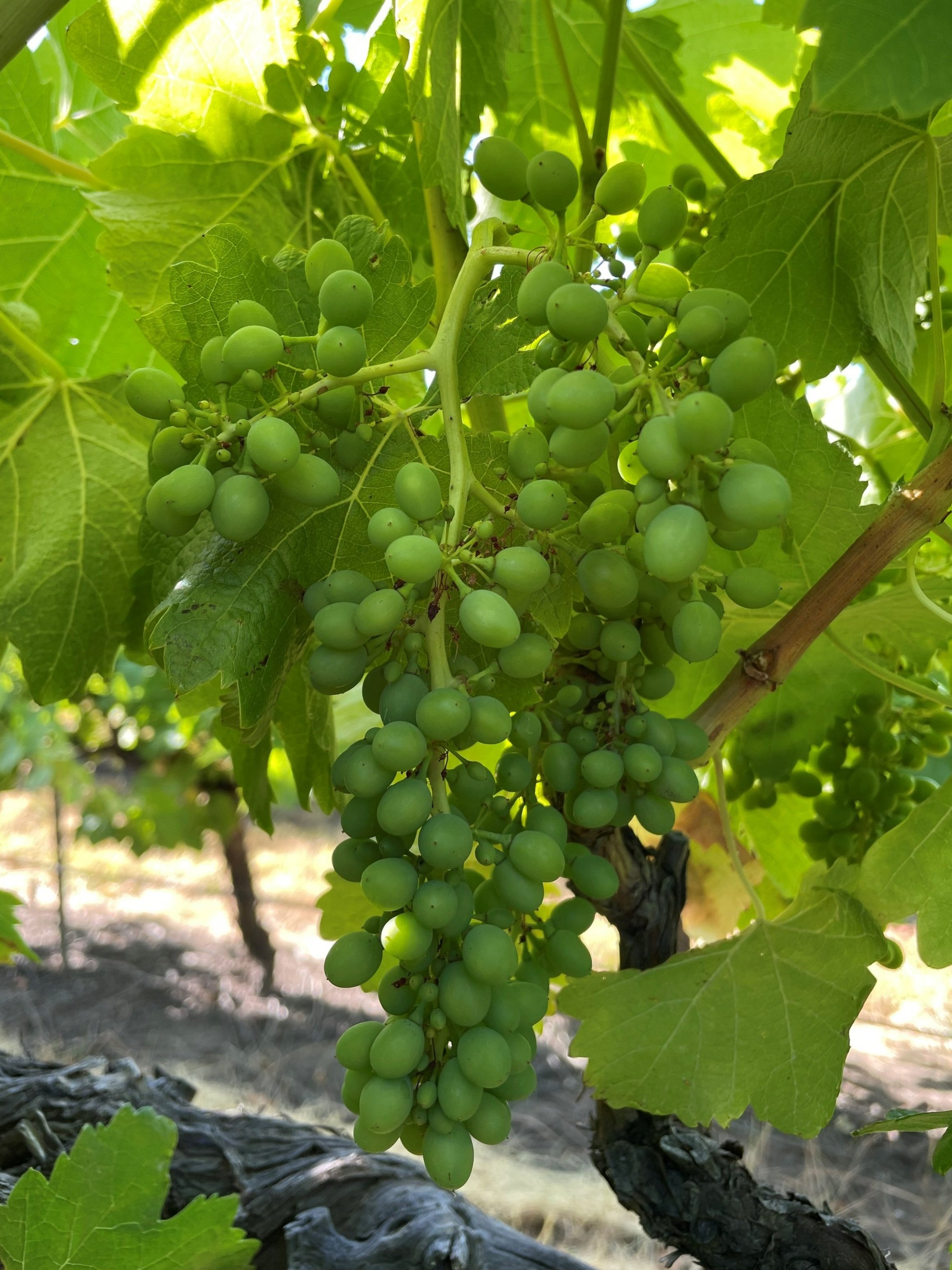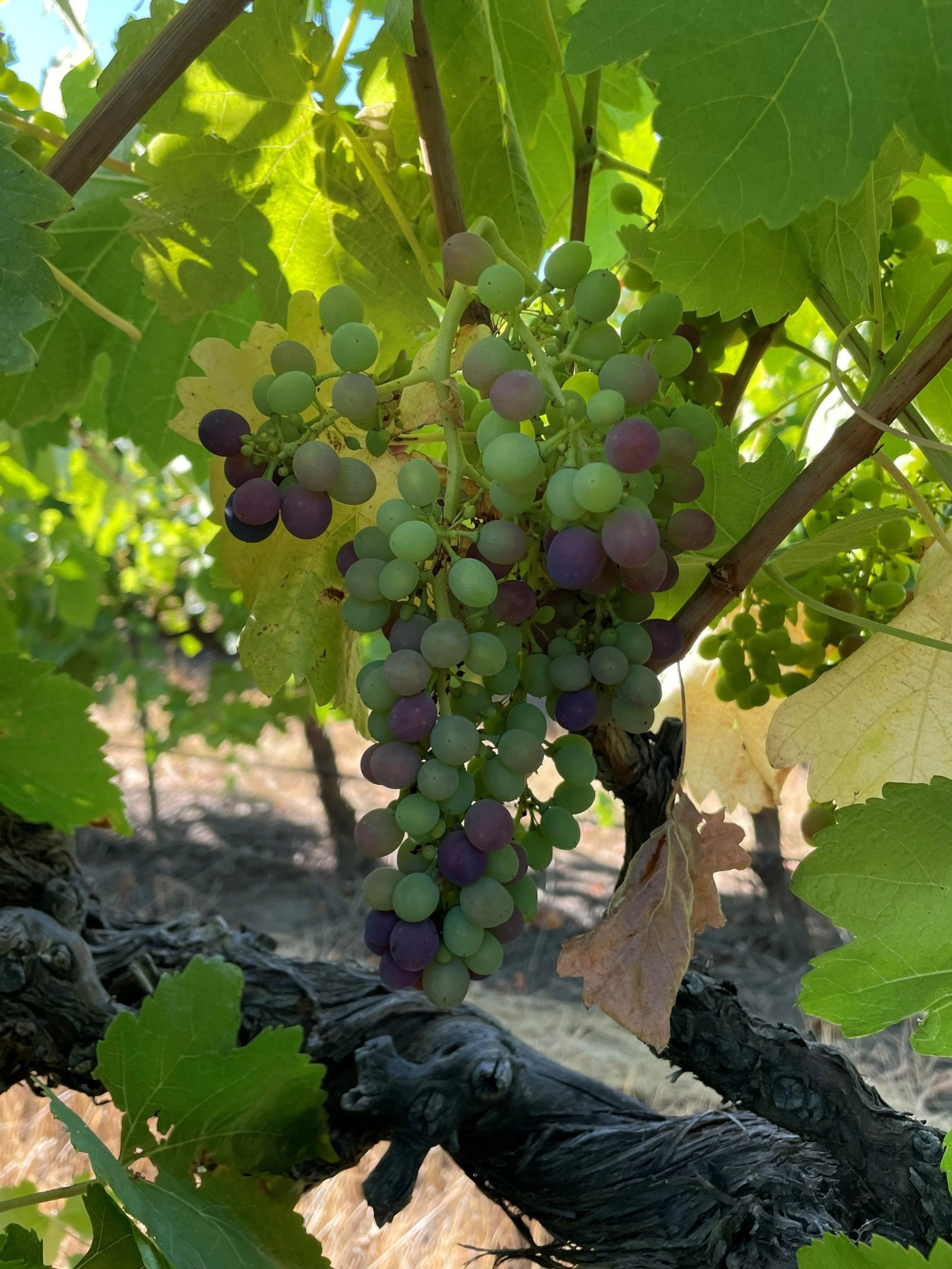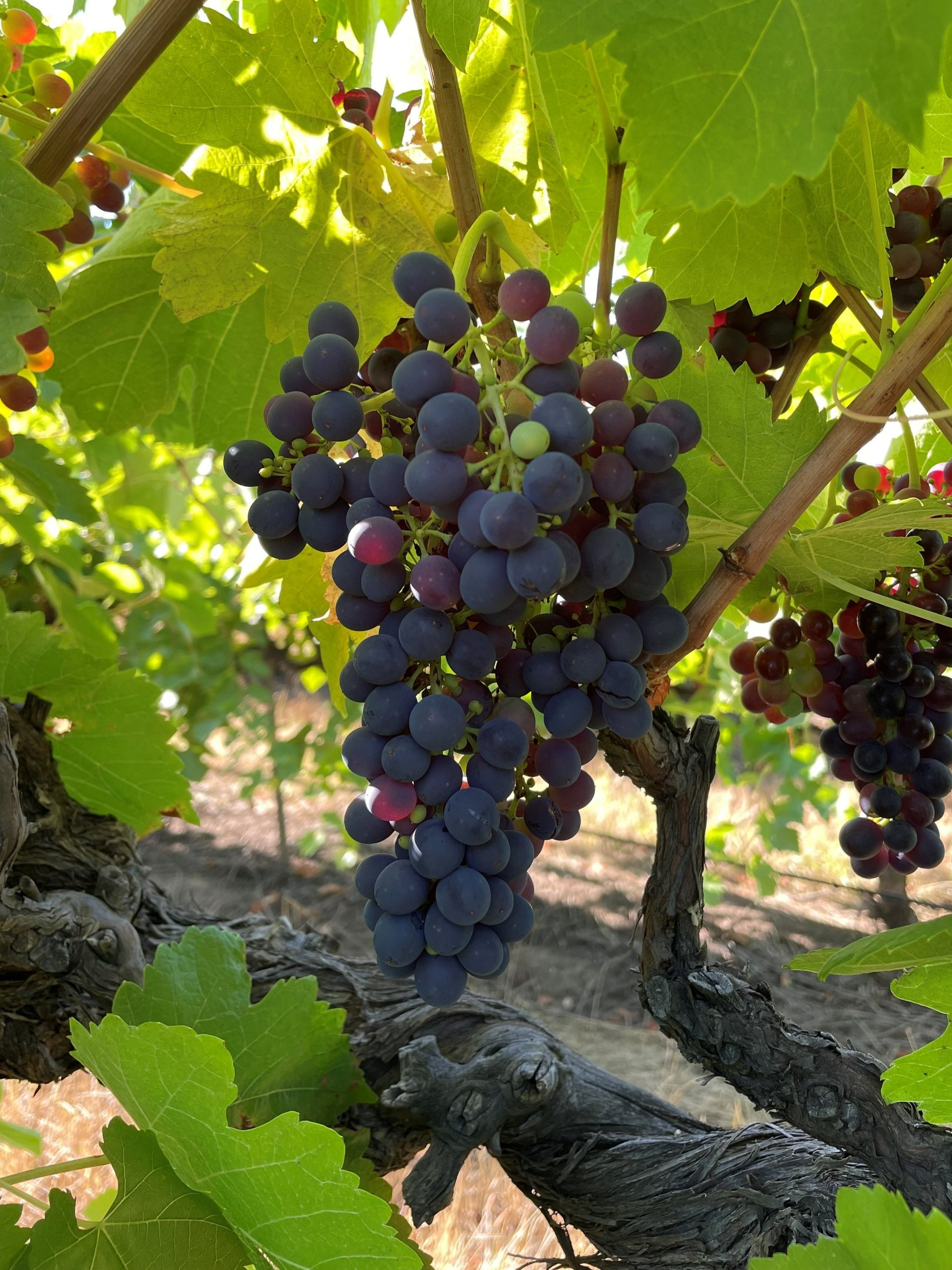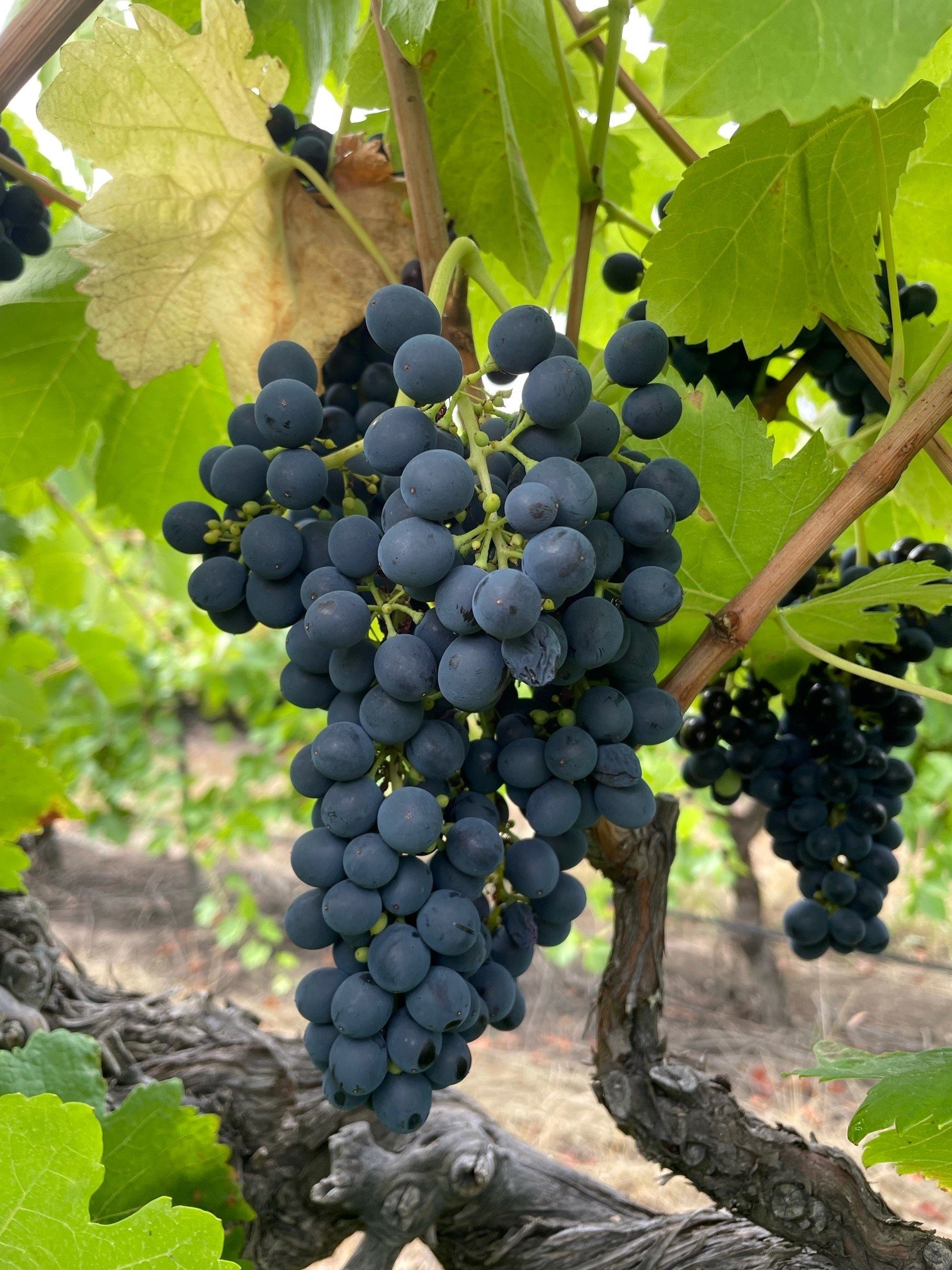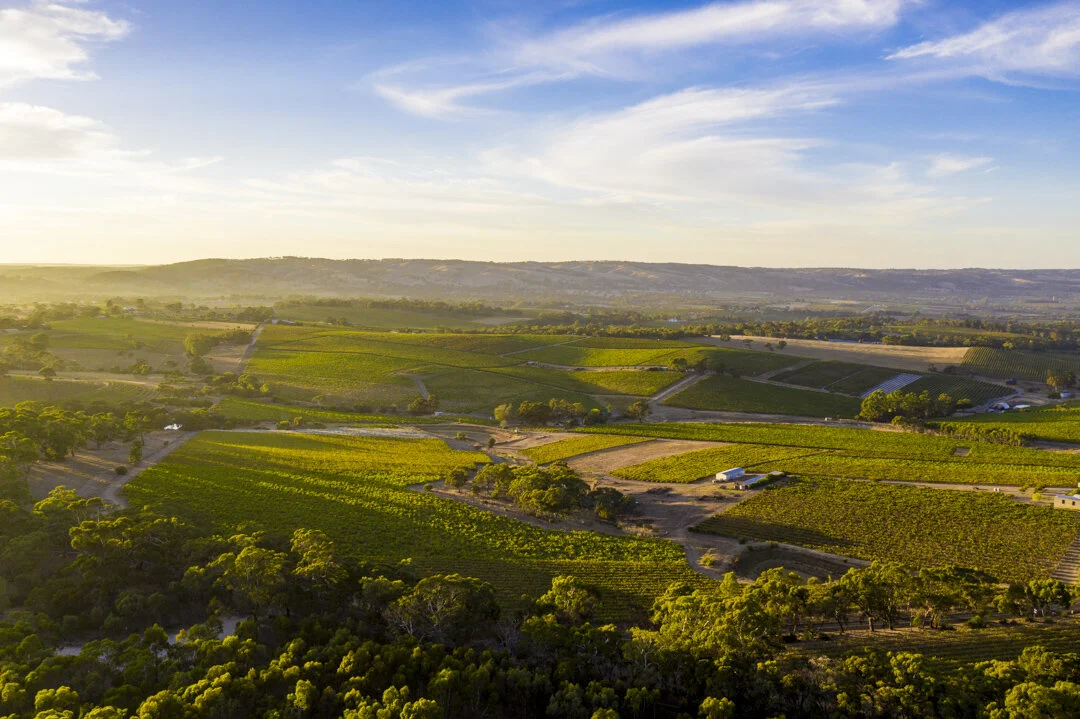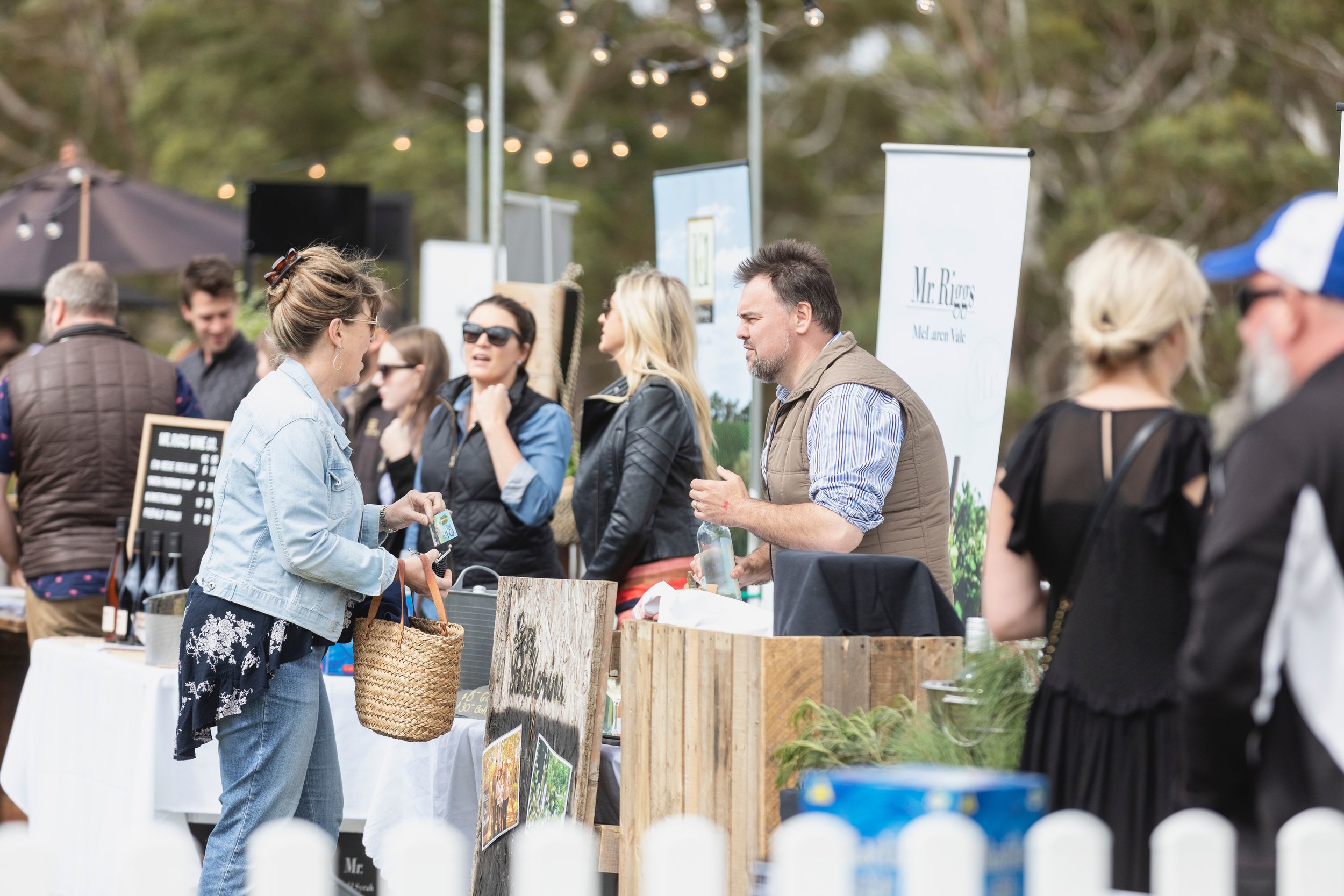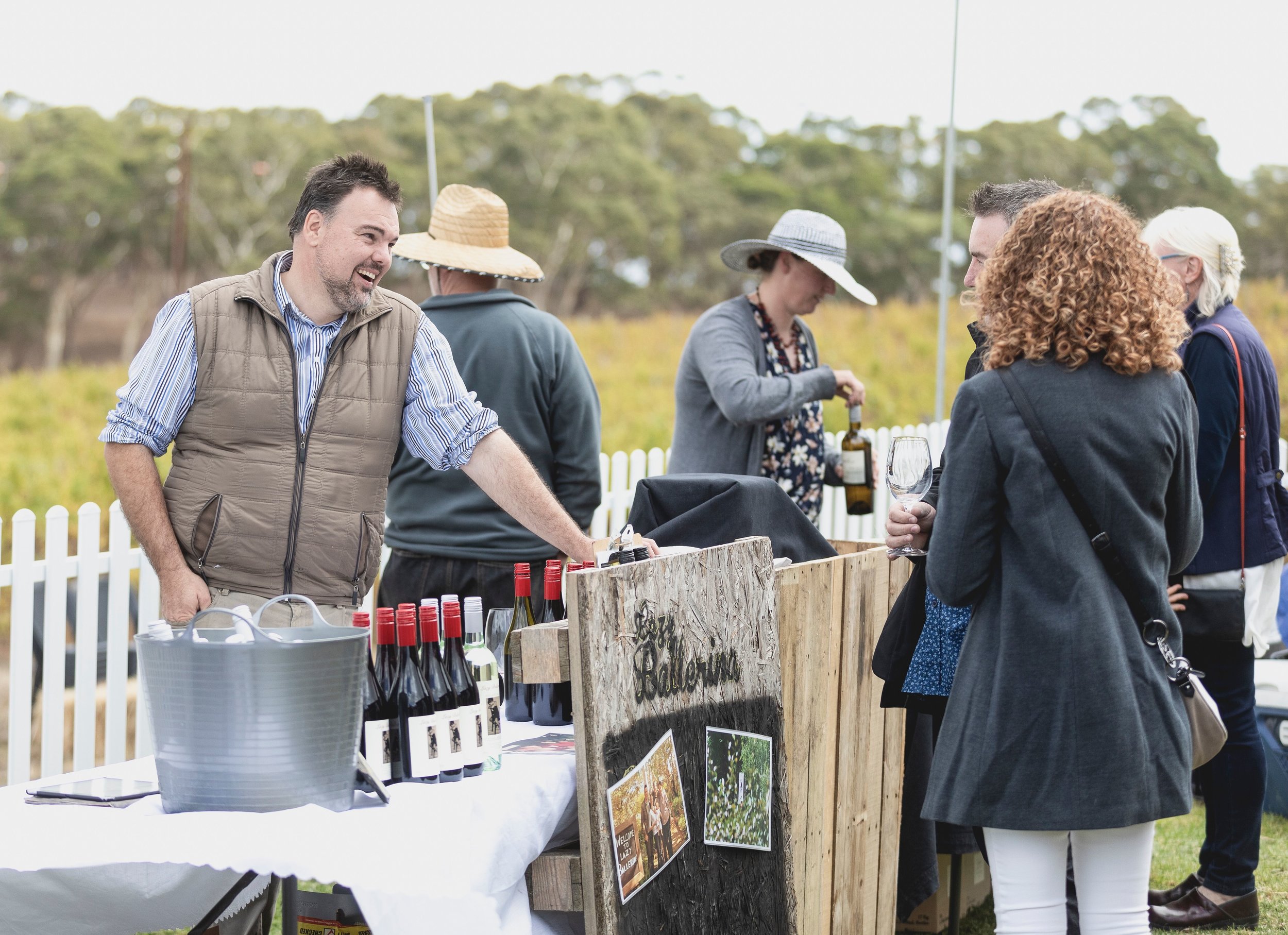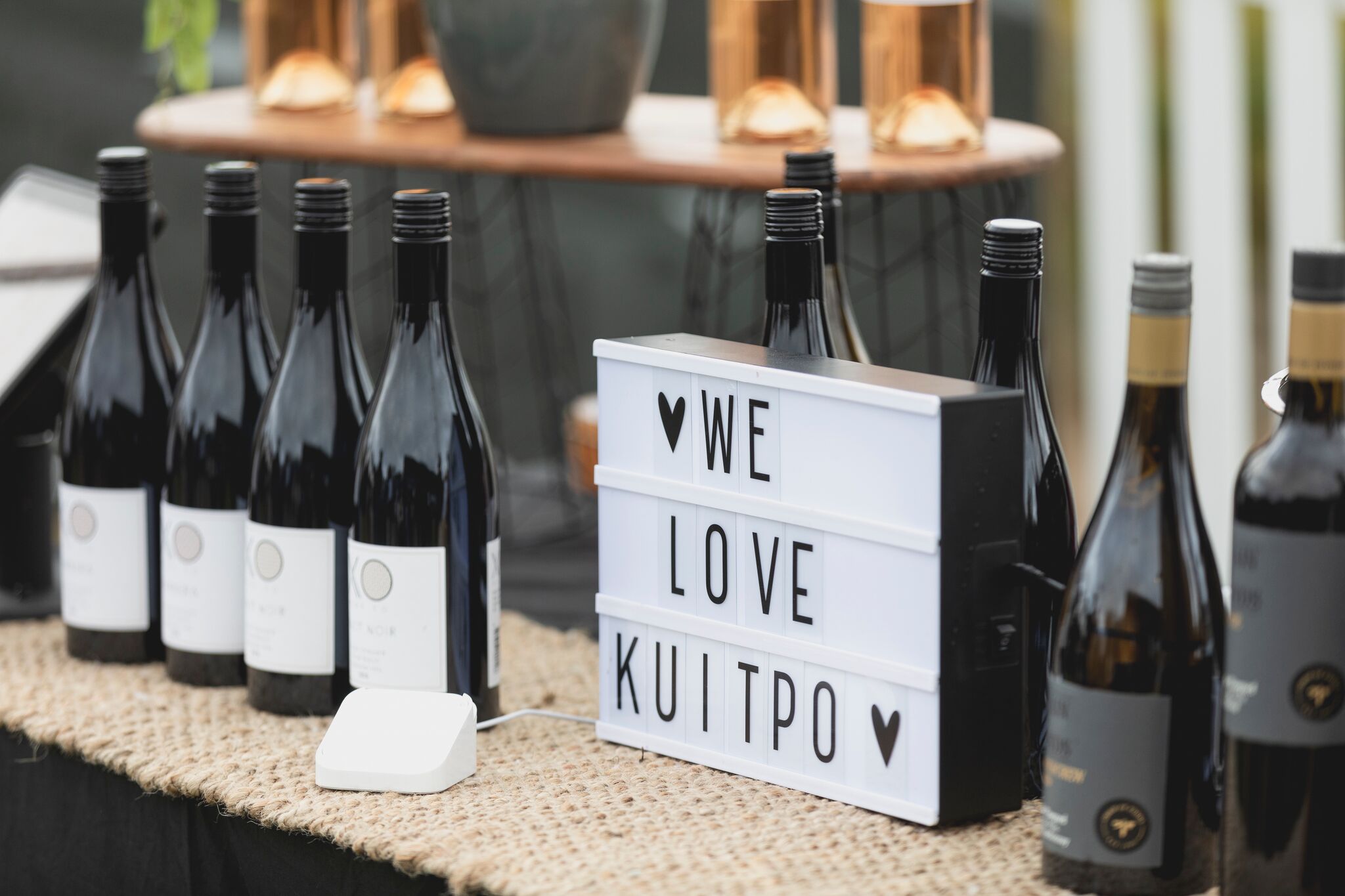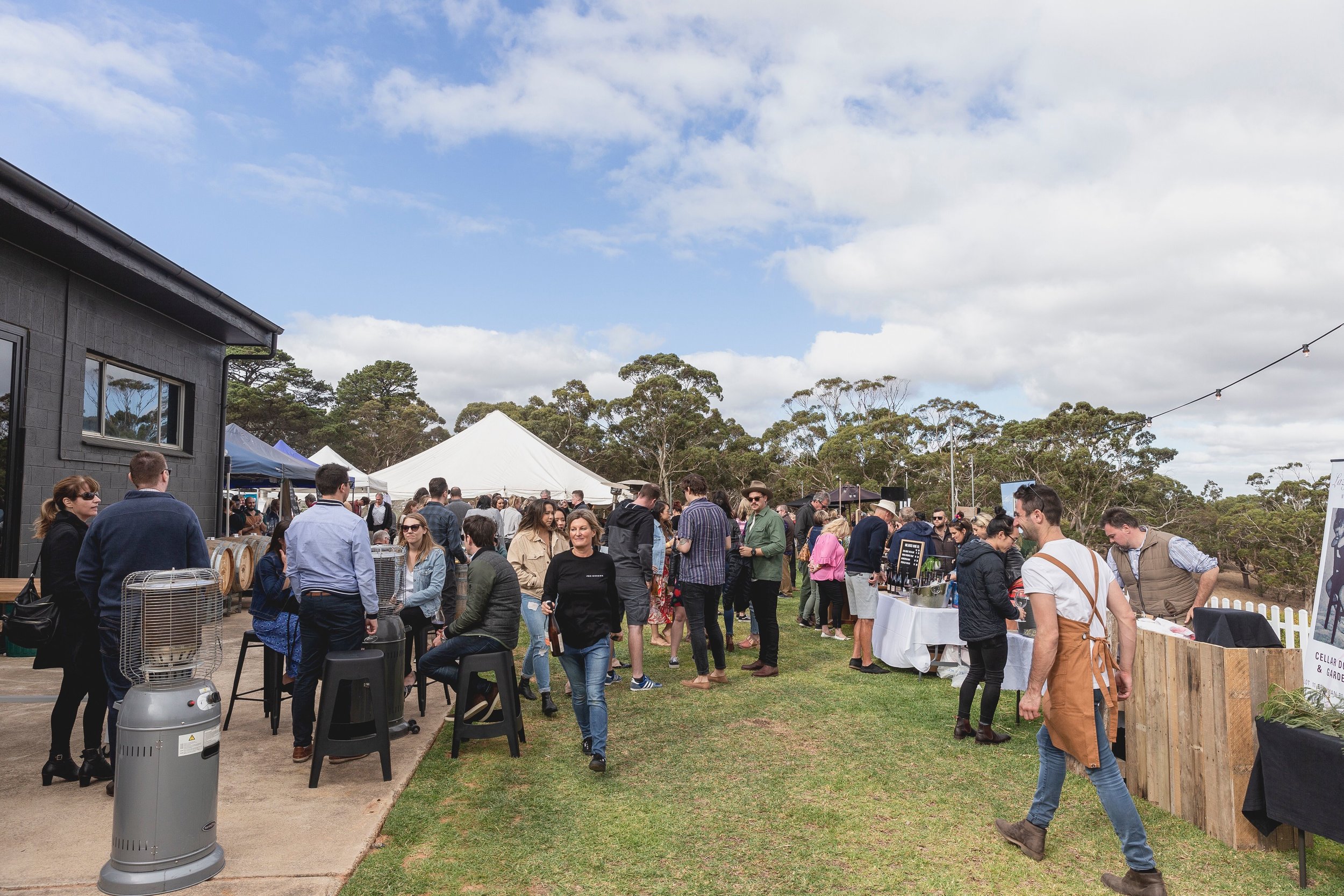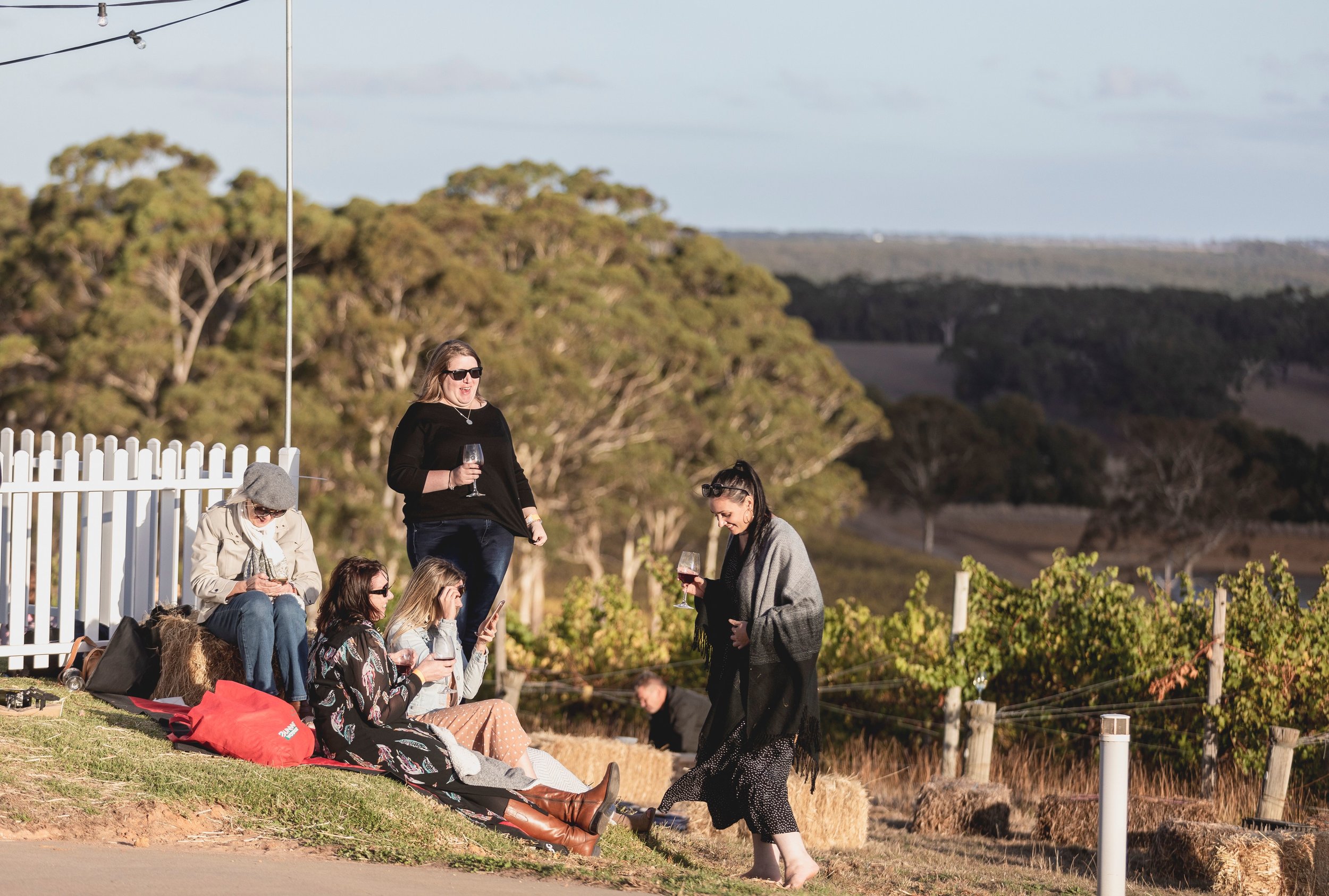This season’s vintage went against the trend since the mid-2000s of earlier bud burst, flowering and harvest. Cold temperatures during critical Spring and Autumn delayed vine development. Vintage started about three weeks later than average and lasted through mid-April.
The reckoning is Vintage 2023 to be one of the slower ripening harvests, with many sites picked on the latest date recorded. There were some other late Vintages in McLaren Vale in the 1990s due to cool seasons (1996, 1997 and 1998). For vineyards planted after 1998, the slow 2004 harvest with high vine yields leading to a record for tonnage harvested for our region was the latest date into the winery.
Unfortunately, harvested tonnages this year were generally lower than average, particularly for vineyards in the southern part of the region around Sellicks Hill, Aldinga, Whites Valley, Maslins Beach and Willunga. One of the critical causes of lower yields was wet and windy weather during flowering. This contributed to a lower percentage of berry set, with fewer berries per bunch. In addition, the percentage of berries set was lowest for vineyards close to the Gulf of St Vincent, where they are exposed to cold South-Westerly winds.
Latterly it was also windy during February and March. With blasts up to 85 km/hr, local gully winds flow from the Mt Lofty Ranges, accelerating down the foothills into the Willunga Basin. These high-speed winds further reduced vine yields by breaking shoots and dehydrating bunches during ripening.
Fungal disease pressure was high during Spring; we had the wettest November for 30 years, and then high pressure again in late Autumn, as March and April was wetter than typical. Fungal diseases did have some adverse effects on the harvested crop—Downy mildew infections during flowering damaged bunches. An estimated 25% of bunches were lost to disease in the most severe cases. Bunch Botrytis also developed in late Autumn, with some crops needing to be selectively harvested, with fruit dropped, to prevent Botrytis-infected bunches from contaminating ferments.
Almost all varieties at all locations in the McLaren Vale Wine Region, did reach maturity, though. Very few vineyards were left unpicked because they did not get full ripeness. Successfully ripening grapes was a credit to grape growers who persisted through adverse conditions.



